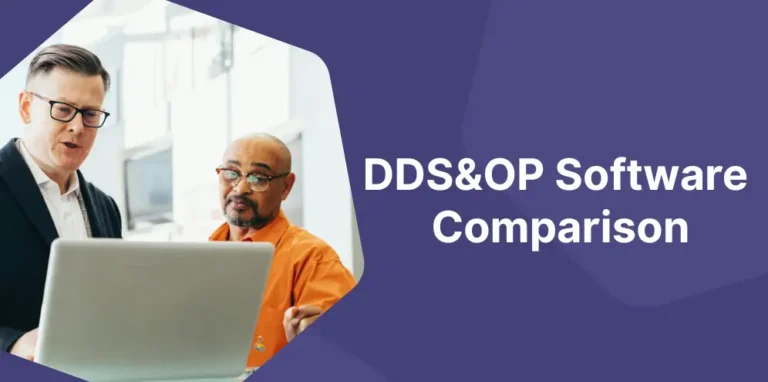Whether you are in manufacturing, distribution, or sales, chances are you are subject to end-of-period imperatives.
Month end, quarter end, year end — everything must be done to make the number, reach the P&L result, reach the inventory level, and so on.
What really happens at the end of the period from a demand point of view? Usually nothing special. And yet many plants still stress their processes to ship as much as possible in the last week of the month.
We all have our own stories on the subject.
In my very first factory, at Philips, I had fun making a graph of the daily inventory value. Each month was characterized by a bell curve, with a low point at the beginning and end of the month… We shipped everything we could at the end of the month, and we only received the bare minimum.
At the end of the year, the purchasing manager of a large automotive supplier asked me to order a huge quantity of aluminum to reach the level that would trigger a discount and to achieve the purchase index. I was in charge of the supply chain, and we had absolutely no need for these volumes. In fact, demand had been below purchasing forecasts throughout the year, and in addition we had reduced our stocks through Lean initiatives. We really had to fight not to order these volumes, as the discount was a high stake.
In a medical device company, we were enjoying a sales push at the end of the fiscal year. All our sales reps were pushing hard to meet their quotas and trigger their bonuses. We made 30% more that quarter. And 30% less the following quarter. It must be said that we were delivering to hospitals, whose consumption was regular and totally indifferent to our own fiscal year-end.
I’m sure you can think of similar examples in your own companies.
The Cost of Signal Distortion
In the medical device company I’m referring to, we were starting with a stable market demand and inflicting a huge fluctuation on ourselves. Our suppliers and factories had to run at full speed to anticipate and secure the sales push. Then we had to hit the brakes. Needless to say, we had to forecast the content of this “sales push” about six months in advance, and the reality never matched our forecasts, so we ended up with overstocks and shortages.
When I frame the story that way, you’ll tell me it was obvious that we had to change, but I can assure you that in this company it was never questioned — it was the way the business worked. Good luck to the big boss who would have the temerity to tackle this “sales push” and therefore make a weak fiscal year. He would probably not have the time to show the shareholders that we would make up for it the following semester…
Tell Me How You Measure Me…
“Tell me how you will measure me, and then I will tell you how I will behave. If you measure me in an illogical way, don’t complain about illogical behaviour.” Eli Goldratt
We need measures and targets. These measures and objectives must be time bound and measured by period. It therefore seems inevitable that stress will be generated at the end of each period.
That said, we must ensure the growth and sustainability of the company. This goes well beyond the end of the current period. We need to move beyond the short-term stress and onto a long-term trajectory of success.
How to Limit Signal Distortion
The challenge is to limit the impact of self-inflicted demand distortions caused by our internal policies and habits.
Depending on your position in the company, you have more or less leverage to influence the way things are done and to change them towards a gradual adaptation to the real demand — which is core to the “Demand Driven” philosophy.
The more there is a shared understanding, within the company and among its shareholders, of the perverse effects of the measures in place and of the Demand Driven principles, the better. At your level, you must evangelize around you.
By implementing pull-flow mechanisms, you will also contribute to dampening these deleterious phenomena.
By focusing on the real needs of your customers, you will counteract some of the internal distortions.
By establishing flow focused KPIs, you will provide visibility and meaning.
By not overshooting forecasts in one direction or another — and by averaging the pace of demand over extended periods — you will contribute to more stability.
Don’t be fooled: Changing these practices takes time, persuasion, and energy, but the stakes are high.
The Power of BHAGs
Insisting on measures and targets is not a bad thing. It is the way in which the achievement of these objectives is managed that causes perverse effects.
At one of the companies I worked for, the head of global operations gave us a BHAG (Big Hairy Audacious Goal): an ambitious goal designed to help the company excel and think out of the box.
This goal was simple: “over the next 12 months, by the next fiscal year end, you need to reduce your inventory by 30-40% BUT by radically changing your processes and without deteriorating service. Your levers are order frequencies (move from monthly to weekly or daily), minimum orders, lead times and pull flow.”
This objective, poorly managed, could have been disastrous.
Well managed, with monthly progressions based on process transformations and not on the current month’s raw results, it has delivered results beyond expectations. Try to combat the short-termism of the end of periods, gain end-to-end visibility with Intuiflow, and focus your attention and the energy of your teams on the adaptation processes.












